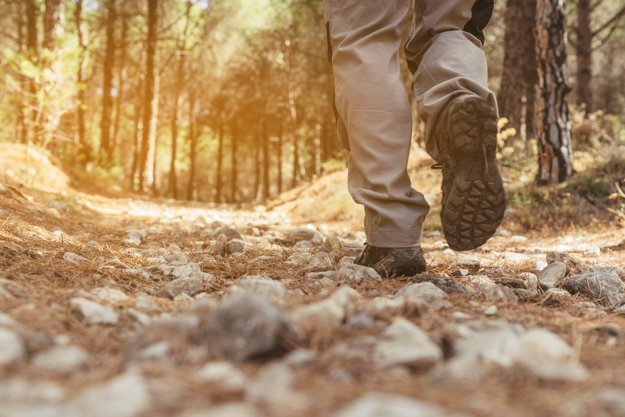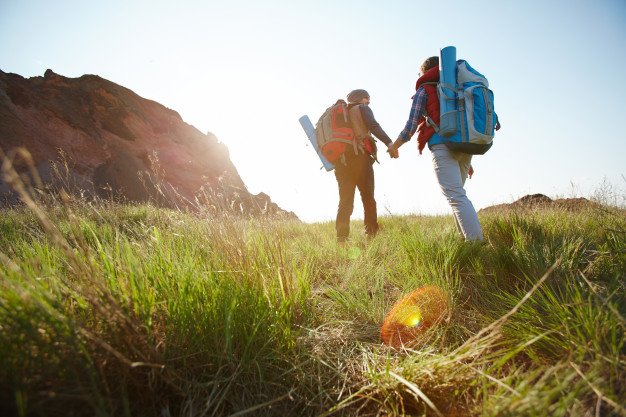Not only is hiking exciting, but it is also a great way to work out and keep yourself fit. What’s more, you get to appreciate the beauty of nature! Hiking is both fun to do alone and with a group. It involves unpredictable factors, which makes it a really fun activity. However, to make it a successful one, there are a few things we need to keep in mind. Some of the most important are written below.

Table of Contents
1. Familiarize the trail.
Once you have chosen a trail, get a map of the location and review data and reports. You can find great resources on the internet. Note if there are intersecting trails where it’s possible for you to make a wrong turn. It’s also good to find an ideal spot where you can take your lunch, such as a peak or a lake with a beautiful view.
Alternatively, you can join a hiking group. There are many countries worldwide that offer picturesque and beginner-friendly hiking routes. Croatia, for example, has hiking cruises, a perfect way to explore the country’s stunning landscapes. The hike cruises through Croatia offer a variety of easy-to-moderate hikes that are suitable for beginners. You’ll have the chance to explore the beautiful islands and coastline while also getting exercise and fresh air. With experienced guides and comfortable accommodations, such a hiking trail is the perfect way to challenge yourself and discover new adventures.
2. Begin small and select the trail suitable for your fitness level.
Choose a trail shorter than the distance that you can travel normally. To measure the time needed to hike the trail, determine a pace of about two miles per hour. Then, check the elevation changes and put an extra hour to your estimated time of hiking for every 1,000 ft. of gain. After being out once or twice, you will have an idea of what elevation changes and distance are suitable for you.
3. Inform someone where you are going.
Do not forget to inform someone where you are going. Give them enough information, such as what time you are expected to return. Decide on a “worry time,” which refers to the time they need to call someone for help. Take note, this time should be a few hours later of your expected return as unexpected events may happen. For example, amazing views, slow hiking, or a sore ankle.
4. Check the weather.
Check the weather in advance before the day of your hike. Then, check again a few hours before you begin your adventure. This gives you important information on what to pack and wear. If the weather forecast is not good, you can change your plan accordingly instead of getting surprised during your hike.

5. Wear proper socks and shoes.
Not wearing the right socks and shoes can cause your feet to be painful. This can definitely ruin your hiking adventure. You don’t need to wear those heavy leather boots. You can find shoes that are suitable for light hikers. Also, do not wear cotton socks. You can go with synthetic or wool socks instead.
6. Bring the essentials.
Here are the top 10 essentials that you need to bring when going for a hike. However, you can add or remove some of them, depending on your hike:
- Sun protection (sunscreen and sunglasses)
- Navigation (compass and map)
- Illumination (flashlight or headlamp)
- Insulation (extra clothing)
- Fire (candle, lighter, waterproof matches)
- First-aid supplies
- Nutrition (extra food)
- Hydration (extra water)
- Repair tools
- Emergency shelter (garbage bag, tube tent, tent)
7. Keep things light.
A common mistake first-time hikers make is that they think they need to bring a lot of stuff. This is understandable as you will be away from civilization and lacking some essentials can be a real problem. But, it’s also important that you need to keep your baggage light. To do this, bring the lightest or smallest size of your things. For instance, bring a travel-sized sunscreen instead of the big one.
8. Dress accordingly.
To make your hiking way easier, you must dress accordingly and comfortably. Don’t wear clothes made from cotton as it gets damp fast, which can cause chafing and clamminess. Go for synthetics instead. Wear layers of clothes that you can remove or add as required to adjust to the weather or temperature.

9. Remember to pace yourself.
If it’s your first time to hike, it won’t be a surprise if you get too excited. You may feel you have all the energy and use as much as you can as you start your hike. If you do this, you won’t have enough energy later on the day. Pace yourself that you can maintain all day. It might be awkward at first but you will thank yourself later, especially when you need to go uphill.
10. Be kind to nature.
The wonderful trails you will find will remain wonderful if you know how to take care of them. This means that whenever you see something beautiful, leave them there. Also, be responsible when throwing your trash, and if you see some on your way, dispose of them properly.
Another way to take care of nature is to minimize the impact of camping. Be mindful of your activities and make sure they don’t affect nature that much. Taking care of them means we get to appreciate their beauty for a long time.





